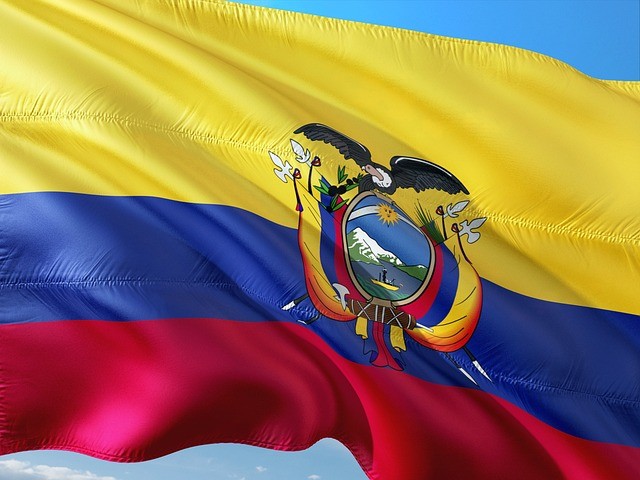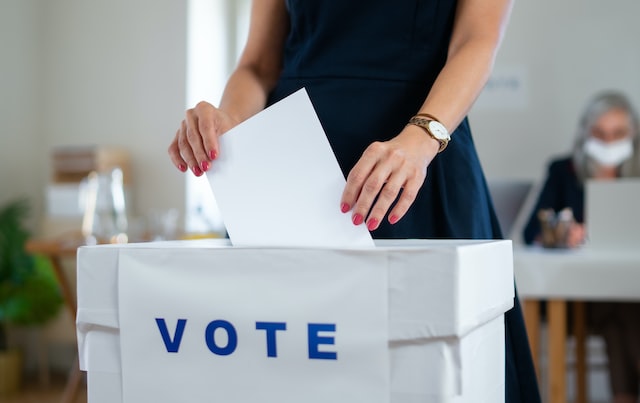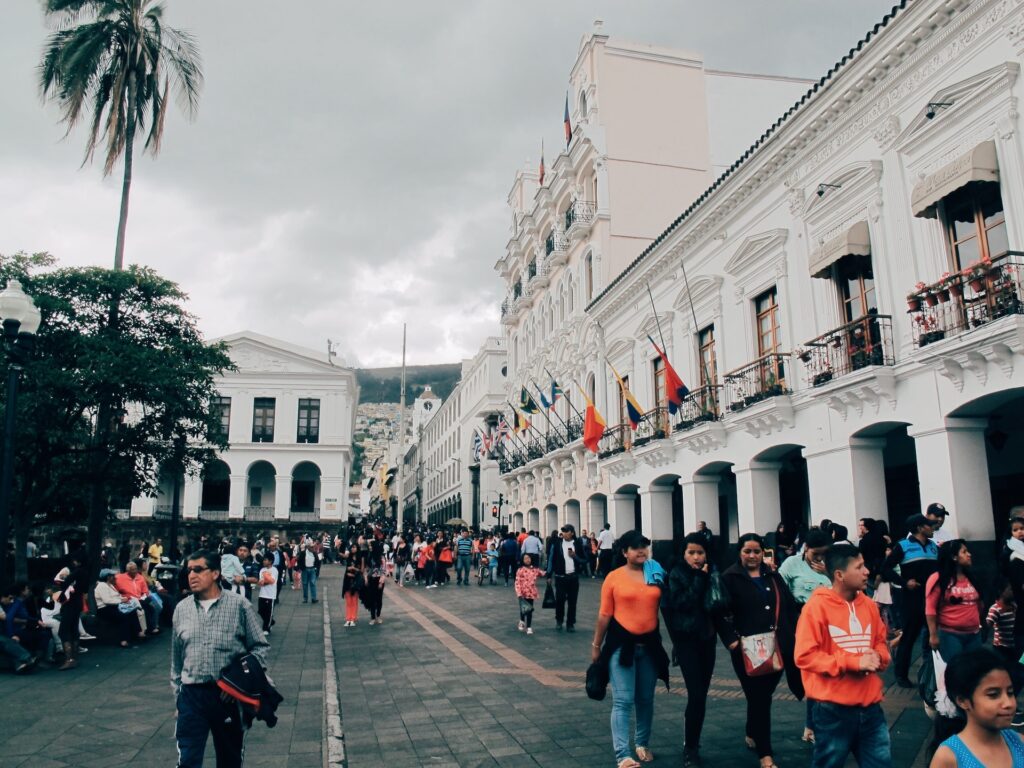2013 Ecuadorian Presidential Election
Ecuador is currently enjoying the longest period of democratic stability since its peaceful transition from a dictatorial regime in the late 1970s. During the transition period, the military encouraged various political groups to participate in the drafting of a new constitution, which was later ratified in a popular referendum in 1978, and President-elect Roldos took office in 1979. The new electoral system was designed to achieve several specific goals: to reduce the number of parties, to increase discipline and loyalty in political activity, and to promote popular participation in the vote.

Image by jorono from Pixabay
The Ecuadorian presidential elections results
The final results of the presidential elections in Ecuador were summed up on February 17, 2013 by the national electoral council of the South American country: incumbent President Rafael Correa won in the first round, gaining almost 58% of the vote.
Voting on the election of the head of state took place on February 17. In accordance with the results of counting 100% of the ballots, former banker Guillermo Lasso took second place with over 22%. The third position is occupied by ex-president Lucio Gutierrez (more than 6%).
Thus, Correa’s powers as head of state were extended until May 24, 2017. Ecuadorians also elected 137 members of parliament, but there are no official data on these elections yet. Preliminary polls show that the president’s Alliance of a Proud and Independent Homeland party is also winning.

Image by Unsplash+
Rafael Correa was born in 1963. His native city is Guayaquil. Since coming to power in 2007, he began to pursue a sovereign economic policy, in 2010 he announced the adoption of amendments to the law on hydrocarbons, which allow the state to nationalize oil fields. According to him, the country must have continued to change in the social sphere, in the economy and politics.

